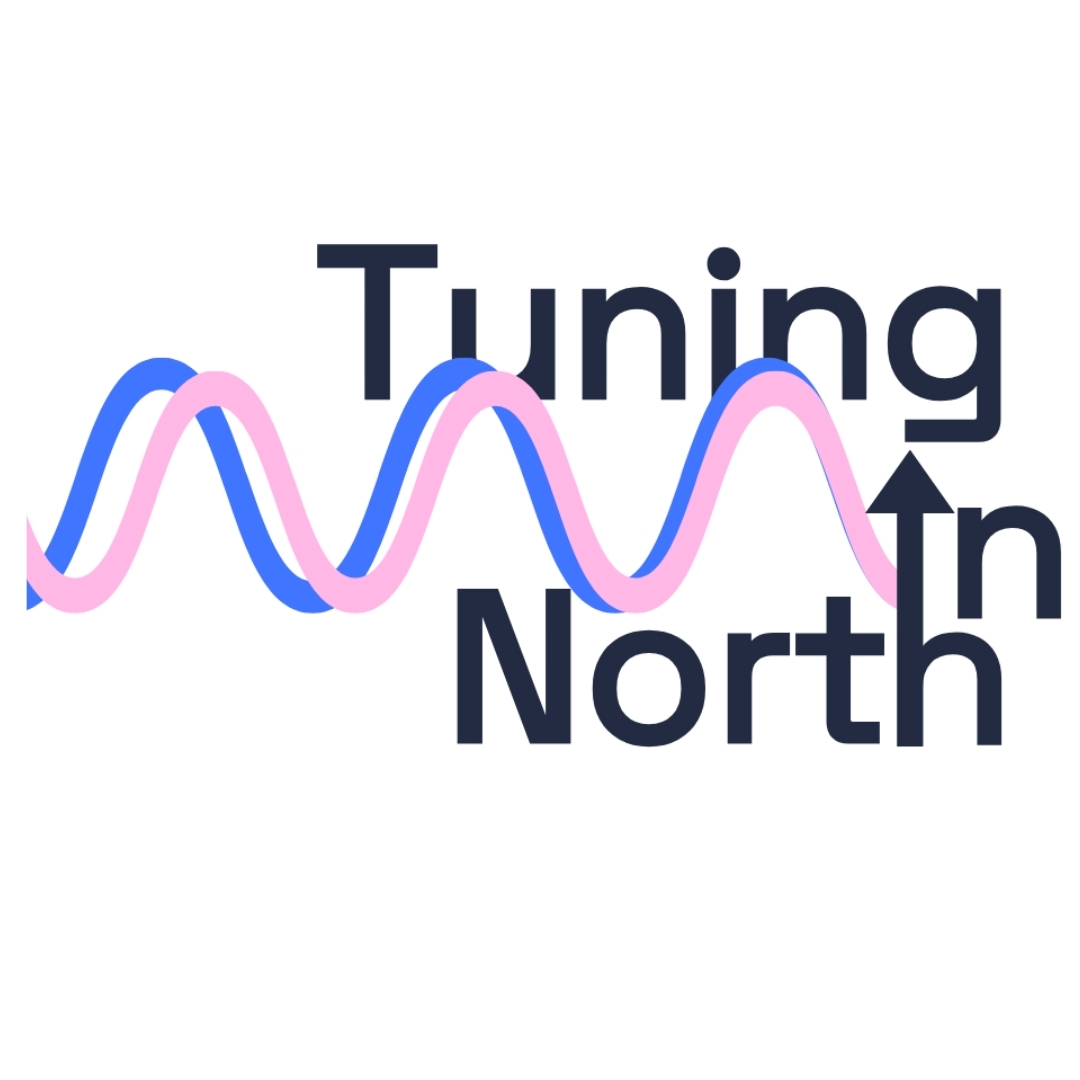Radio,Why Radio?,Radio Advertising
Why Radio Still Drives Growth in a Digital World
October 2, 2025

 3
3
min
Communicorp UK on Audio’s ROI Advantage
At this year’s Tuning In 2025, radio proved once again that it’s not just surviving in a digital world, it’s thriving. The event revealed new evidence demonstrating that every marketer’s plan should give audio a much bigger role.
Why audio works
We were thrilled to attend RadioCentre’s Tuning In 2025, joining broadcasters, advertisers, and agencies to celebrate another record-breaking year for commercial radio. With 40 million weekly listeners and a 56% share of listening over the BBC, commercial radio has never been stronger — and that strength is driving tangible business results.
Themed “Advertising Amplified”, the event highlighted how audio continues to deliver outstanding reach, resonance, and results for brands. The evidence was clear: audio remains one of the UK’s most effective, trusted, and creative advertising channels.
ROI research that challenges old media assumptions
Among the standout moments was the unveiling of High Gain Audio, a new analysis conducted with WPP Media. The findings make a clear commercial case for rebalancing budgets towards audio.
- Digital audio now delivers around £5.20 in profit ROI for every £1 invested.
- Broadcast radio follows closely at £5.00, both outperforming the all-media average of £4.11.
- In short-term payback, the pattern holds. £2.70 for digital audio and £2.30 for radio versus £1.87 across all media.
Most importantly, the research revealed that when brands maximise audio’s share within an existing campaign budget, total campaign ROI rises by around 8 per cent. That’s not more spend, that’s smarter spend.
This evidence reframes the conversation: audio isn’t a cost-efficient “add-on”; it’s a profit-driving core channel. It also supports the idea that digital audio’s higher CPM reflects real, measurable value, delivering incremental reach and tighter contextual targeting that compounds radio’s brand-building effect.
Performance data that proves delayed impact
The second key study, Performance Multiplier, presented by RadioCentre’s Donna Burns, tackled one of the biggest challenges for modern marketers: attribution.
Across eight campaigns analysed, the research found that typical short-window attribution models miss around 92 per cent of radio’s true response, as audio’s impact unfolds gradually over hours and days. On average, it takes around 21 hours for the full effect to materialise.
When measured properly, radio drove an average 16 per cent uplift in daily web sessions and delivered traffic more than twice as cost-efficiently as other demand-generation media.
For marketers under pressure to prove ROI instantly, this is a critical reminder: if you measure audio like display ads, you’ll undercount its real effect.
The bigger picture: a medium that keeps evolving
The conference also highlighted radio’s transformation into a truly multiplatform medium. Nearly 30 per cent of all radio listening is now online, and innovations in connected cars, smart speakers, and dynamic ad insertion are expanding both accessibility and accountability.
With government support through the new Media Act, commercial radio’s discoverability on connected devices is protected, ensuring listeners can continue to find trusted, live, and local content easily in the digital environment.
Meanwhile, creativity was at the heart of the day. Campaigns such as On Air, alongside the continued evolution of Communicorp UK brands like Smooth Radio, Capital Scotland, and Radio X 90s, showcased how strong branding, engaging talent, and local resonance keep audiences connected and advertisers front-of-mind.
What this means for marketers
The message from Tuning In 2025 was clear: audio is underinvested relative to its returns. For marketers seeking both efficiency and effectiveness, this presents a tangible growth opportunity.
1. Rebalance for return
If audio currently takes a small slice of your budget, consider the new benchmark. Radiocentre’s analysis points to an optimal ~20 per cent share of total media spend for audio. Brands moving towards this horizon see stronger profit and brand metrics — without overspending.
2. Think integration, not isolation
Digital audio shouldn’t replace broadcast radio; it should complement it. Combining the two delivers scale, precision, and continuity — the full funnel from reach to response.
3. Measure for reality, not immediacy
Adjust attribution models to reflect delayed and indirect responses. Look beyond click-based metrics and include uplift in search, branded traffic, and purchase intent.
4. Build sonic distinctiveness
Campaigns that use consistent audio branding and recognisable voice cues perform significantly better. Invest in a distinctive sound identity just as you would in visual assets.
Our perspective at Communicorp UK
At Communicorp UK, we see these findings reflected in the campaigns we run every day. When brands use audio strategically, combining reach, creativity, and consistent measurement, then the results speak for themselves.
We’re helping advertisers plan to the “20 per cent audio horizon”, balance broadcast and digital delivery, and test creative elements to ensure every pound works harder. Audio isn’t the supporting act anymore, it’s the amplifier of every other medium.
As marketers face another year of tight budgets and tough accountability, Tuning In 2025 provided a timely reminder: the channels that drive trust, attention, and measurable ROI are the ones that deserve more investment.
And right now, that’s radio.

